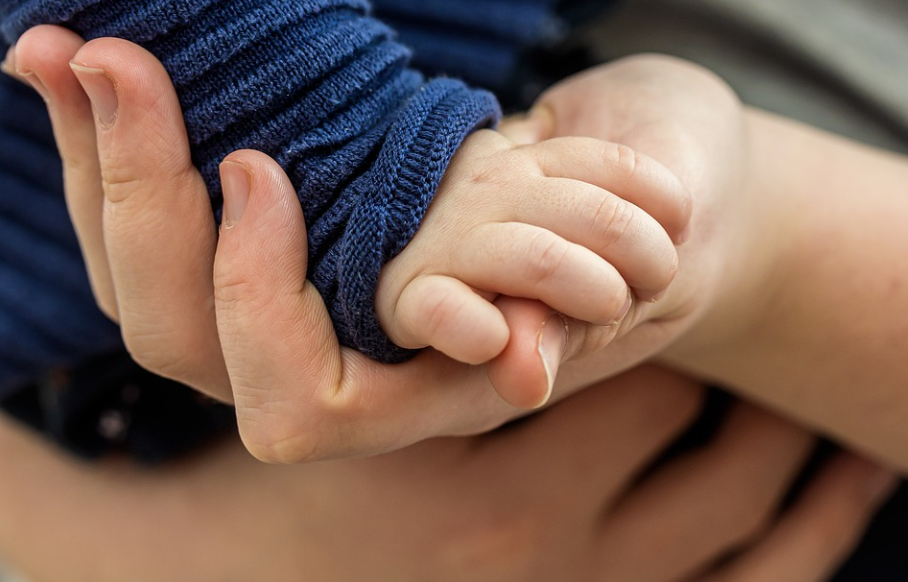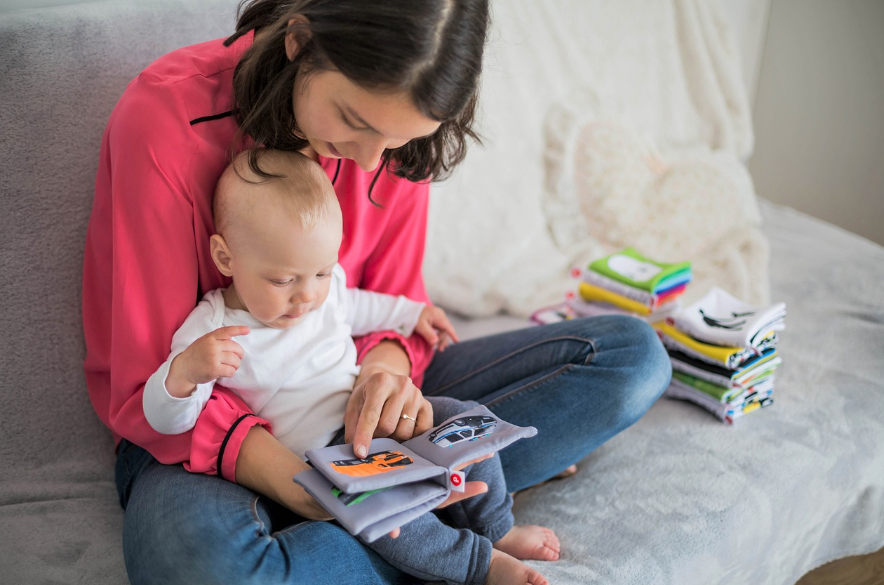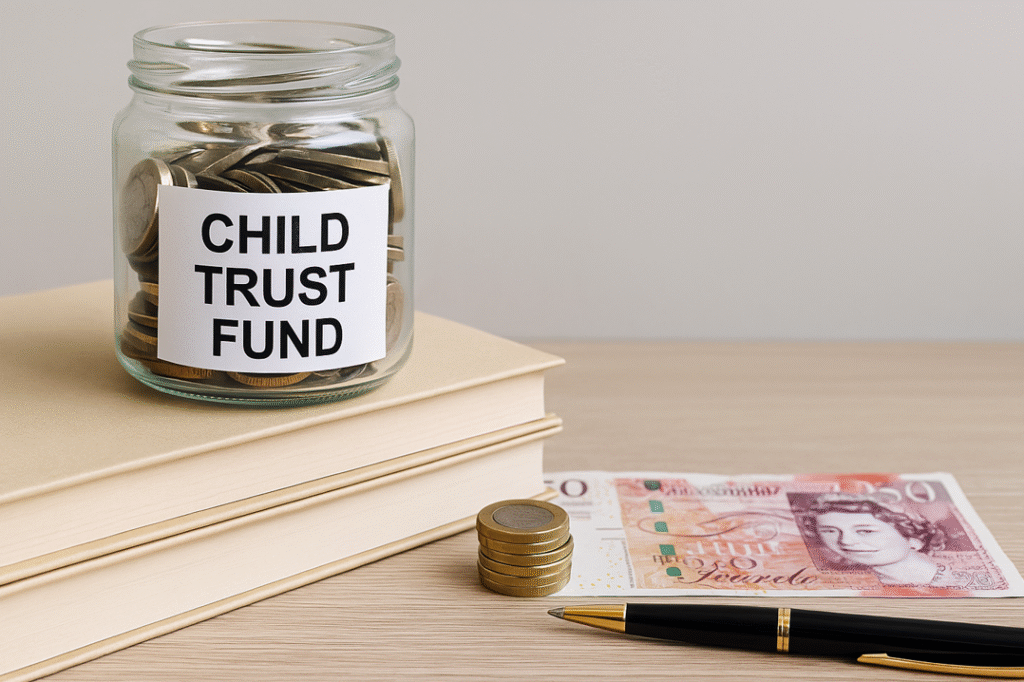Are you a parent or guardian in the UK and wondering if your child qualifies for the Government Child Trust Fund £250? This blog offers a clear, step‑by‑step guide to eligibility, how to apply, comparisons with other savings schemes, and managing the fund—all in UK English and active voice for easy readability.
What is the Government Child Trust Fund £250?
A Child Trust Fund (CTF) is a long‑term, tax‑free savings account for children born between 1 September 2002 and 2 January 2011. When a child became eligible, the government issued a £250 voucher (or up to £500 for low-income families) to open the account. At age 7, a further £250 (plus low-income top-up) was added. Parents chose between a cash or stocks-and-shares fund. A “revenue allocated” stakeholder account was automatically created by HMRC if no account was opened within a year.
Benefits includes:
-
Tax-free interest and gains.
-
No impact on benefits or tax credits.
-
Funds stay locked until the child turns 18.
Do You Get £1,000 When You Turn 18?
No, you do not receive £1,000 automatically. However:
-
A child could receive up to £500 total in government vouchers (£250 at birth and £250 at age 7).
-
Additional low-income top-ups may have applied.
-
By age 18, account balances often exceed £1,000 due to:
-
Contributions up to £9,000 per year
-
Interest and investment growth
-
-
The average unclaimed CTF balance is around £2,100–£2,200.
Who Can Claim the £250 Voucher?

1. Which children are eligible by birth date?
Children born between 1 September 2002 and 2 January 2011 automatically qualified for the initial £250 voucher—plus another £250 at age 7. Families with low income received an extra £250 top-up at each stage .
-
Additional £250 at age 7: The government issued a second voucher of £250 when the child turned 7.
-
Income-based top-up: Children from families receiving Child Tax Credit with income below a certain threshold were awarded an extra £250 at birth and £250 at age 7, making a total of £1,000 in government contributions.
-
Eligibility ended: The CTF scheme closed to new applicants in January 2011, replaced by the Junior ISA.
-
Missed claims: If a family did not use the voucher within 12 months, HMRC automatically opened a stakeholder CTF account on the child’s behalf and placed the voucher value into it.
2. Which adult qualifies to apply—parents or guardians?
Any parent, step-parent, or legal guardian who had parental responsibility and lived in the UK was entitled to open a CTF account using the government voucher.
-
Opening the account: Parents could choose a provider and select between stakeholder, cash, or shares-based CTF accounts.
-
Account management: The adult who opened the account became the registered contact and managed the account until the child turned 16.
-
At age 16: The child could take over the registered contact status, allowing them to manage how the fund is invested, though they cannot withdraw funds until age 18.
-
Non-claim scenarios: Where families failed to act, HMRC took steps to open a default stakeholder account through a selected provider.
3. Do low‑income families get additional help?
Yes—families receiving qualifying benefits like Income Support, income-based Jobseeker’s Allowance, or Child Tax Credit below the income threshold were eligible for a £250 top-up at birth and another £250 at age 7, totaling £1,000.
-
Automatic support: These top-ups were automatically added when Child Benefit and tax credit records matched.
-
Higher uptake among low-income groups: Data shows that many CTFs were opened by HMRC directly, particularly for children from low-income households.
-
Long-term value: While the initial amount was modest, regular family contributions and investment growth could significantly increase the fund’s value by age 18.
-
Awareness gap: Many eligible families were unaware of the account, leading to millions of pounds in unclaimed or forgotten funds, now managed by providers and searchable via HMRC tools.
How Much Would a Child Trust Fund Be Worth Now?
Use a CTF calculator, such as the one on Foresters, to estimate current and projected value.
For example:
-
A child born in 2007 who had £250 at birth and contributed £10/month with 5% annual growth might have around £8,000 by age 18.
-
The actual value depends on contributions, account type, provider fees, and performance.
Does Everyone in the UK Get a Child Trust Fund?
Not everyone—but most children born between 1 September 2002 and 2 January 2011 whose parents claimed Child Benefit received a CTF. and find out the biggest mistake parents make when setting up a trust fund uk?
Exceptions include:
-
Children born outside the UK
-
Those not on Child Benefit
-
If their guardians didn’t open the account (HMRC auto-opened accounts in ~30% of cases)
How Do You Apply for Your £250 Government Voucher?

Step-by-step application process:
-
Check eligibility: Confirm child’s birth date (2002–2011).
-
Gather documents:
-
Birth/adoption certificate
-
Proof of address (utility bill, council tax)
-
Parent/guardian ID
-
Benefit or income proofs (if applying for top-up)
-
-
Find or open account:
-
To find missing accounts, use HMRC’s Citizen Gateway or the “Find a Child Trust Fund” function on GOV.UK.
-
Choose a provider offering best interest/investment terms.
-
-
Submit form & voucher: Either online or by post, including voucher and ID .
-
If voucher missing: HMRC may open an account after 12 months and credit funds automatically (“revenue-allocated”).
Document checklist:
-
Child’s birth/adoption certificate
-
Parent/guardian ID (passport or licence)
-
Proof of UK address (≤3 months old)
-
Income proof (if applying for low-income top-up)
-
Voucher form or revenue allocation letter.
How Much Will Your Child’s Fund Grow?

Interest and investment returns
Child Trust Funds (CTFs) can be cash-based or stocks and shares-based, each offering different levels of risk and reward:
-
Cash CTFs: These accounts work like savings accounts, offering interest rates of approximately 1% to 3% annually, depending on the provider and the market. They safeguard the initial investment and are seen as low-risk.
-
Stocks and Shares CTFs: These invest in stock markets and funds, offering potentially higher returns over the long term—but they come with the risk that the value can fluctuate. Historically, such accounts have averaged 5% to 8% annual returns over 18 years, though this is not guaranteed.
-
Stakeholder accounts: These are a mix of both, required by law to limit fees (maximum 1.5% annually) and to gradually shift investments to lower-risk assets as the child approaches age 18.
Annual contribution limits
Although the government stopped contributing after age 7, parents and others could still boost the fund with voluntary payments:
-
£9,000 contribution limit: From 2020/21 onwards, the maximum that can be added to a CTF each tax year is £9,000 (same limit as Junior ISAs).
-
Who can contribute: Parents, grandparents, family friends, or even the child themselves can pay into the account, provided the annual total doesn’t exceed the limit.
-
Flexible contributions: Payments can be one-off or monthly direct debits—some families choose to contribute small amounts regularly, such as £10 or £25 per month.
-
Tax-free growth: CTFs are completely tax-free, meaning any interest or investment gains earned do not count towards the child’s income or tax liabilities.
Contributions compared:
| Contribution Type | Annual Limit | Benefit |
|---|---|---|
| Parent/Guardian | £9,000 | Up to £9K tax‑free growth |
| Government voucher | £250 (one‑off) | Kickstarts savings |
| Low‑income top‑up | £250 (one‑off) | Extra boost if eligible |
How Does the Child Trust Fund Compare to a Junior ISA?
| Feature | Child Trust Fund | Junior ISA (JISA) |
|---|---|---|
| Account opening | Closed since 2011 | Open to all eligible children |
| Contributions | Up to £9,000/year | £9,000/year (2025/26) |
| Types | Cash or stocks-and-shares | Cash, stocks-and-shares, or both |
| Transfers | Must transfer full CTF to JISA | Can switch providers and fund types freely |
| Access age | 16 to manage, 18 to access | Same rules |
| Tax status | Tax-free interest/gains | Tax-free interest/gains |
Why transfer to a Junior ISA?
-
Better interest and lower fees
-
More transparent platform.
-
Flexible contributions and provider choice
-
Retains full £9,000 allowance even after transfer.
How to Transfer CTF to a Junior ISA
- Select your Junior ISA provider (stocks-and-shares or cash).
- To obtain a CTF-to-JISA transfer form, get in touch with them.
- Send in the form. It can only be signed by the registered contact.
- Provider processes transfer and closes the CTF.
- You can continue contribute up to £9,000 in the same tax year once the funds are transferred into JISA.
Tip: Don’t withdraw funds before transfer; transferring retains tax benefits.
What Are the Common Mistakes to Avoid?
-
Missing eligibility window – Only kids born before 2 Jan 2011 qualify.
-
Ignoring lost funds – HMRC advises 18 to 22-year-olds to investigate unclaimed accounts (£2,082 on average), since there are still almost 4.2 million CTFs.
-
Overlooking provider comparison – JISAs often outperform older CTF terms.
-
Neglecting transfer timing – Only full transfers allowed, and CTF must close.
-
Forgetting to review at 18 – At 18, kids receive control and must decide next steps.
What Is HMRC “Find a Child Trust Fund”? – Government Child Trust Fund £250

The HMRC “Find a Child Trust Fund” tool helps locate your provider if you don’t know where the account is held.
Requirements:
-
National Insurance Number, or the residence and date of birth of the kid.
-
Government Gateway ID.
-
Submit details online.
-
Expect a letter within 3 weeks confirming your provider.
How Much Is in My Child Trust Fund If I Was Born in 2007?
The balance depends on several factors:
-
Government voucher: £250 at birth; £250 at age 7; possible extra £250s for low-income families.
-
Contributions: Up to £9,000 each year
-
Account type: Cash vs Stocks & Shares; provider fees
-
Investment growth: Could be 2–8% annually based on calculator assumptions.
Estimations:
-
With no extra contributions, likely £500–£1,200 depending on interest
-
With £10/mo contributions, the fund may reach £5,000–£8,000
What Is the Minimum Amount for a Trust Fund?
There is no legal minimum, but providers may set:
-
Stakeholder CTF: usually a minimum of £10–£20 initial or monthly contribution.
-
If untouched, HMRC auto-opens a stakeholder CTF—no contributions needed initially.
How do I get my child’s trust fund at 18?
Once a child turns 18, the Child Trust Fund (CTF) matures—they can withdraw the money, transfer it to another ISA, or leave it invested. Providers usually send a letter 20 days before the birthday explaining next steps. The process involves:
-
Becoming the account holder if previously managed by a guardian
-
Logging into the provider portal
-
Choosing whether to withdraw all, transfer, or leave funds
What are the next steps after qualifying?
Managing until age 18:
-
Check online statements regularly.
-
Contributions may be adjusted up to £9K if capacity permits.
-
Reassess provider performance periodically.
When the child turns 16:
-
The child becomes the registered contact and has the ability to switch providers or investments.
At age 18:
-
If CTF isn’t spent or transferred, it immediately changes to adult ISA.
-
The young adult can withdraw, transfer to a new ISA, or continue saving.
How to Access the Child Trust Fund at 18 Online?
At age 18, the child can:
-
Register on the provider’s online portal (e.g., NatWest, Foresters)—using their Plan number or National Insurance number.
-
Log in and view their matured CTF account
-
Choose between:
-
Withdrawing the full amount to a bank account
-
Partially withdrawing
-
Keeping it invested or transferring into an adult ISA.
-
Conclusion – Government Child Trust Fund £250
The Government Child Trust Fund £250 gave UK families an automatic savings boost. Even though new accounts aren’t available, parents and guardians can:
-
Locate and activate vouchers (or revenue-coded accounts)
-
Choose the best CTF provider
-
Transfer to a Junior ISA for better returns
-
Maximise tax-free growth up to £9,000 yearly
-
Prepare for decision-making at age 18
Take action: use GOV.UK’s finder tool, compare providers, and remind yourself of transfer deadlines.
FAQ – Government Child Trust Fund £250
Can I open a new CTF today?
No. CTFs stopped in 2011. You can only add funds to an existing account.
How do I find a lost CTF?
Anyone aged 16+ can use GOV.UK’s “Find a Child Trust Fund” tool with a NI number and Government Gateway login. HMRC replies within ~3 weeks.
What if the child is in care or terminally ill?
Care placements are eligible; the local authority can be contact. If terminally ill, funds may be withdrawn early .
Do I lose CTF allowance by transferring to a Junior ISA?
No. A full transfer does not affect the £9,000 JISA annual allowance.
What happens if funds sit unclaimed after 18?
HMRC encourages individuals aged 18 to 22 to retrieve unclaimed money (about £2,000 apiece).

I’m Adam Milne, a business writer and co-author at UKBusinessMag.co.uk. I’m passionate about simplifying complex topics—whether it’s tax, startup strategy, or digital marketing—so that entrepreneurs can take action with confidence. With years of experience in small business consultancy, I bring a practical perspective to every piece I write, helping readers turn ideas into results.



